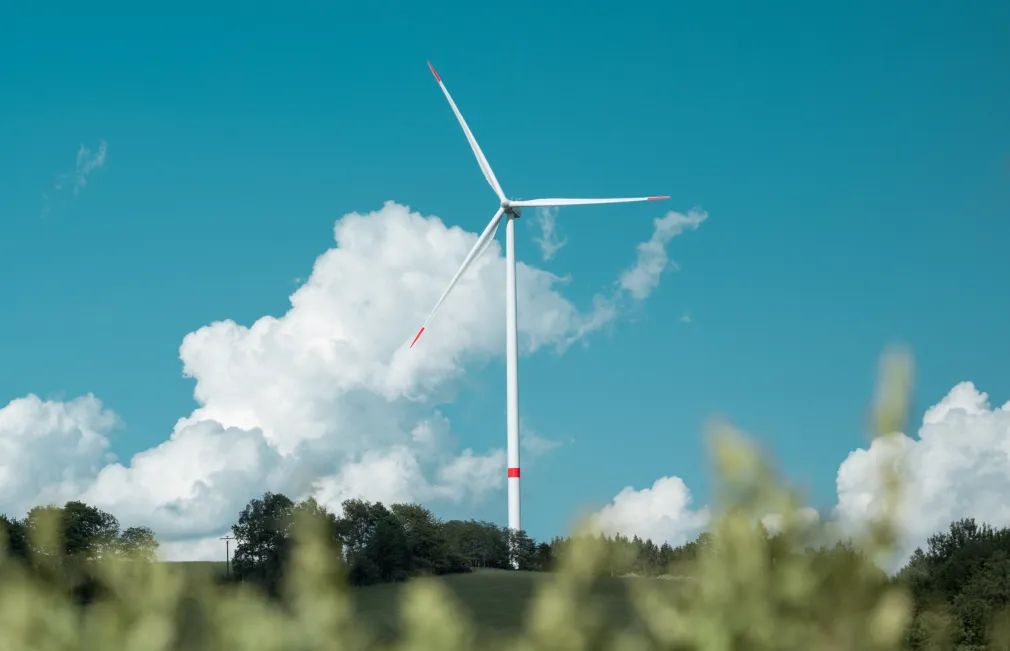Creating a net-zero strategy for your property portfolio? Then you need accurate emissions data.
.webp)
At comundo, we love accurate data. That’s no secret.
It’s the core of our product and gives peace of mind to our customers; they know their real estate portfolio optimisations are measurable, their measurements are accurate and their reporting as clean as it can be.
We also know that Ramboll also appreciates accurate data; as a global engineering, architecture and consultancy company with 16,000 experts working hard to create a sustainable world, they need to be sure of their numbers.
So we talked to Elliott More, Decarbonisation and Digitalisation Lead at Ramboll Buildings Denmark, about the crucial role accurate carbon emission data plays in creating a net-zero strategy for real estate investors.
Can you tell us a bit about what you do at Ramboll?
“With nearly 40% of global emissions stemming from buildings, my ambition every day is to accelerate decarbonisation in both the construction and operation of buildings in any way I can.
My clients at Ramboll are investors with large portfolios of buildings, typically pension companies and real estate investors. They often need help developing a net-zero strategy. We help them measure their baseline, then pick a reduction target and target year, and finally co-create a roadmap to achieve it.
This roadmap is made up of lots of initiatives, some technical like renovations or energy management, others at the strategic level, like revising their acquisitions and divestments plan, or entering into CPPAs. Then finally we advise on appropriate carbon removals for the final few per cent that the company can’t eliminate.”

What role does accurate energy consumption data play in this roadmap?
“One of the big barriers our clients face is coherent data, which they need as a first step to create accurate emissions baselines. A natural first step is to use assumptions about their portfolio’s energy consumption from the EPCs (energy performance certificates). We encourage them to move towards real energy use as soon as possible for a few reasons.
Firstly, we know that the energy performance certificates are not representative of real energy consumption, as they are based on standards and exclude some energy uses. Secondly, the assumptions provide no insight into the actual performance of each building, so you can't spot any problems, for example, a poorly performing building that is at risk of becoming a stranded asset.
You also get no feedback or insight to guide your future investments. Was it worth investing in a DGNB Gold building, instead of Silver? Did your renovation actually lead to reductions in energy use? Was your information campaign to your tenants a good investment in terms of saved carbon per euro spent, or should you have installed more solar panels instead? And so on.
Using actual metered data instead of assumptions is a game changer. First and foremost, it makes our clients’ emissions reporting far more accurate, which is a key principle of the GHG Protocol. Secondly, it unleashes a wealth of value for improving their strategic decisions about the future development of the portfolio, and how to align business decisions with their net-zero ambitions.
For example, by examining hourly energy data, you can spot where buildings are using more energy than expected, by comparing actual use against benchmark data. We can dig into this to understand if this is easily solved, for example, a ventilation system that needs commissioning. Or Ramboll’s engineers can create prioritised renovation plans for the portfolio by identifying the lowest hanging fruit, where we’ll get the biggest carbon reduction for each investment.”

Does using an automated solution like comundo save a lot of work hours?
"As part of my work with clients, I usually help develop a data strategy alongside the net-zero strategy, and with the rollout of smart energy meters across Europe, it is now easier than ever to access hourly energy consumption data automatically. Data providers like comundo make accessing this data really simple, and so much more cost-effective than checking meters yourself or waiting for utility bills."
Working with consultancies like Ramboll doesn’t just mean we get to pick their experts’ brains, it also means we gain insight into what our customers, real estate investors and companies with large building portfolios need and want – like creating a solid net-zero strategy.We’re able to understand where the data we’re able to provide sits in a net zero strategy, that is created not only to combat climate change, but also to stay ahead in the market; by prioritising accurate carbon emission data, investors can make informed decisions, track progress, and demonstrate their commitment to building a sustainable future.
And building a sustainable future is something we can all get behind.


.webp)
.webp)